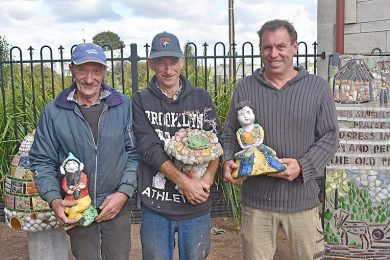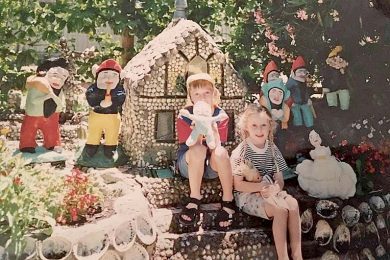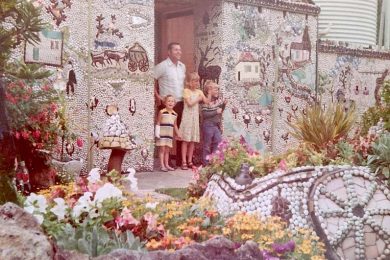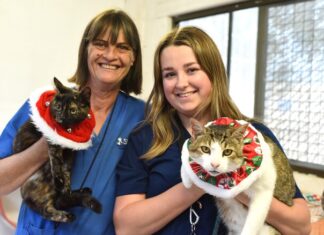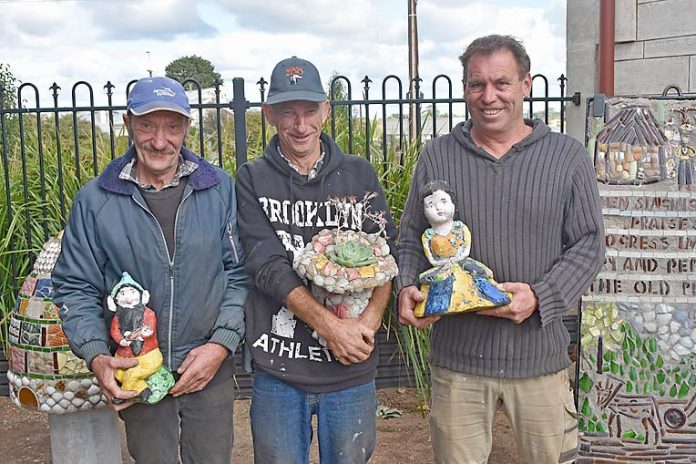
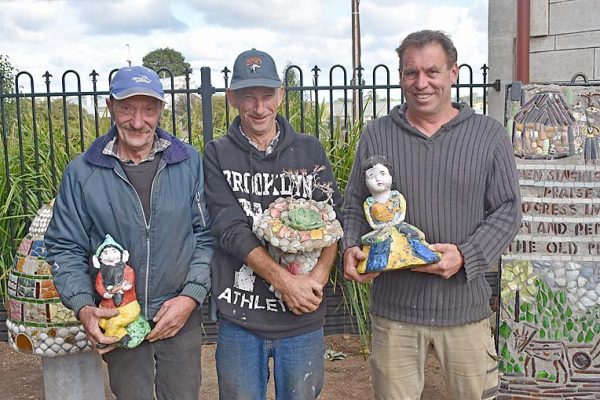
GROWING up in the 1970s, Fiona Kelly would spend most of her weekends exploring a local backyard, which had been transformed into a fantasy world filled with wonder, curiosity and delight.
She would listen to the chinking of coins echo after she tossed them into a well and hoped the fairies would grant her spoken wish.
“I wished for a doll house and I got it,” she said.
“Those garden fairies were good.”
Ms Kelly’s fond memories are among thousands belonging to Millicent residents and visitors alike who once walked the path leading to worlds within worlds of the iconic Shell Garden.
The garden, located on Williams Road, was an example of Iris Howe’s unfettered creativity and officially opened to the general public in 1960 after eight years of addiction to decoration.
Inspiration started from an old pair of rubber boots and eventually filled and embellished Ms Howe’s entire rear garden space with highly decorated sculptural compositions.
It became a treasure trove of folklore art, featuring unique and carefully crafted mosaics and concrete statues made from thousands upon thousands of shells and decorative objects including broken crockery and glass bottles.
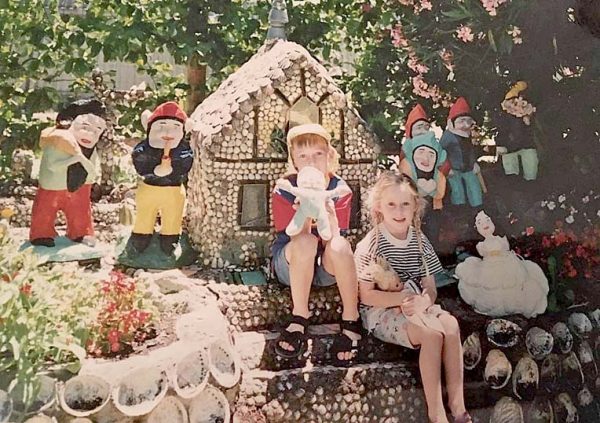
Simple homilies were created across walls and among those was the symbolic word pattern poem “when singing our praise of progress in years, try and remember the old pioneers”.
In 1972, Ms Howe moved to Adelaide and sold her home and garden to Don and Aisla Salmon who continued to maintain and add to the garden, which became one of the most important pieces of Australian folk art history.
Eventually, the chapter of the Shell Garden was closed after Boneham Aged Care Services purchased the land seven years ago and demolished its remnants as part of a redevelopment program and expansion.
Former Millicent resident Lia Corman was one of many who were saddened to see the end of the “magical wonderland”, particularly because her grandmother lived next door.
“I remember we would always nag to go to the shell gardens and I would take a friend or go with my cousins,” she said.
“I’m pretty sure Mr and Mrs Salmon let us in free, it felt like a magical wonderland.
“My favourite part was the shell house or cave that you could walk into, which was not very big from memory.
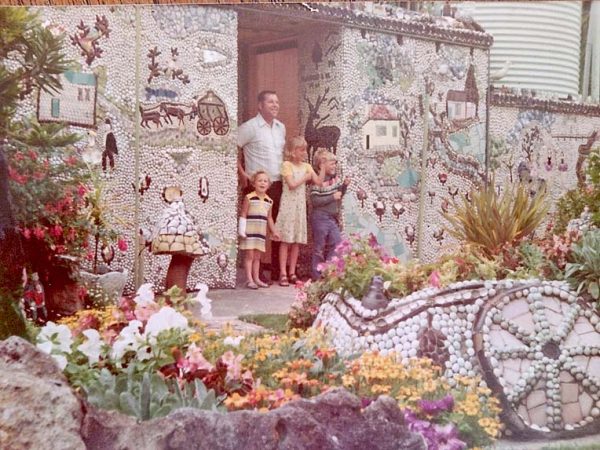
“We probably drove them nuts running around the gardens.”
Ms Corman added that she thought she was a star after she was approached to appear in the garden’s television advertisement.
She said she was sad the day it closed down and heartbroken years later when she heard it was going to be demolished.
“What a unique place we had with so many memories,” she said.
“It is hard to drive past there now.”
While the Shell Garden may be no longer, it survives through memories, photographs and salvaged ornaments and pieces.
Around 50 original porcelain, cement and shell figurines from the garden are currently on display at the Millicent Visitor Information Centre, as part of South Australia’s History Festival.
Millicent Living History Museum member Louise Hyland said the exhibition showcased the significance the garden had to the town and what it had lost.
“There are still enquiries about the garden,” she said.
“This is our way of reminding people.”
The display is open to community members throughout this month and provides an opportunity to take a trip down memory lane and learn why Ms Howe’s garden became such an important piece of history.

